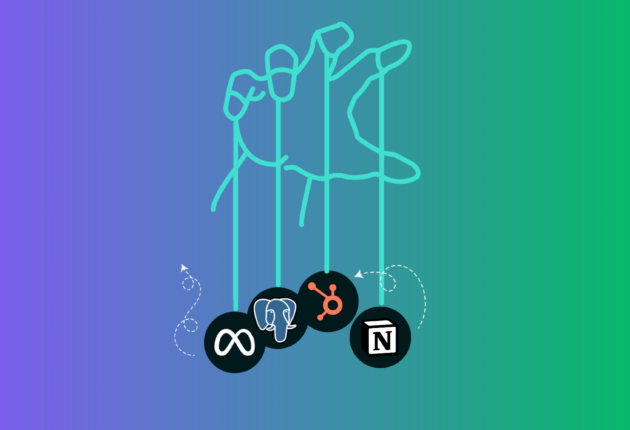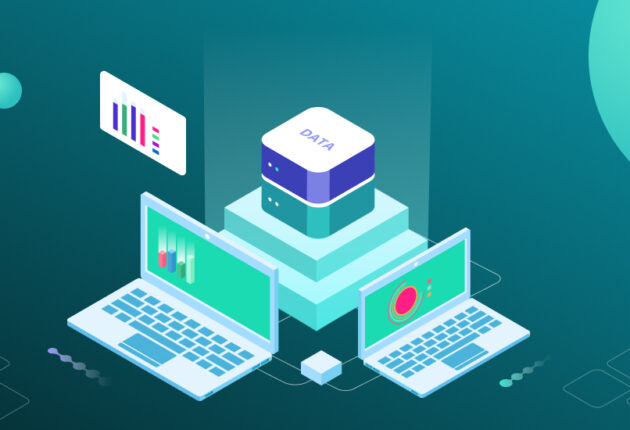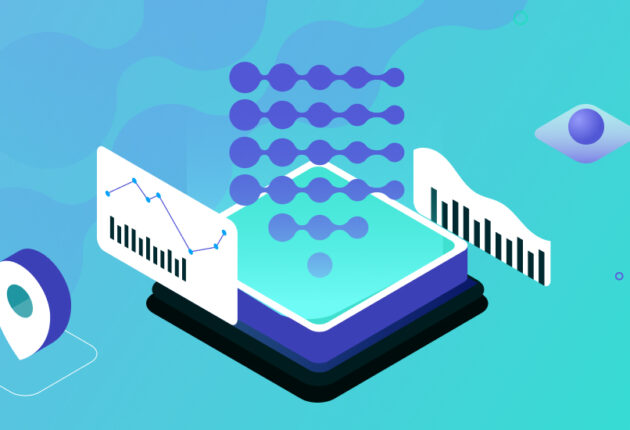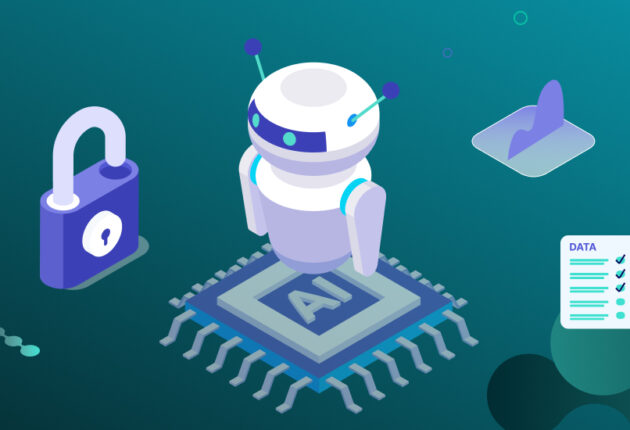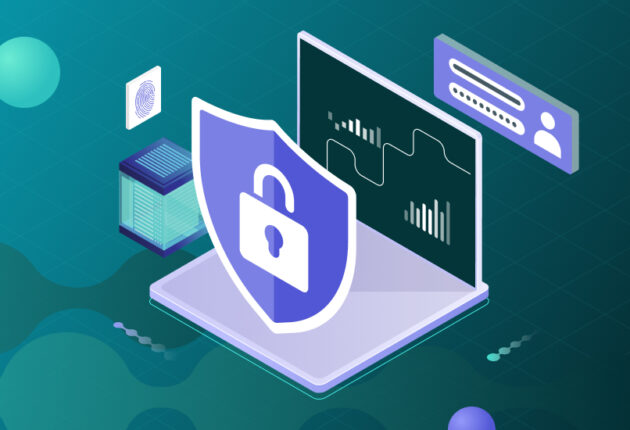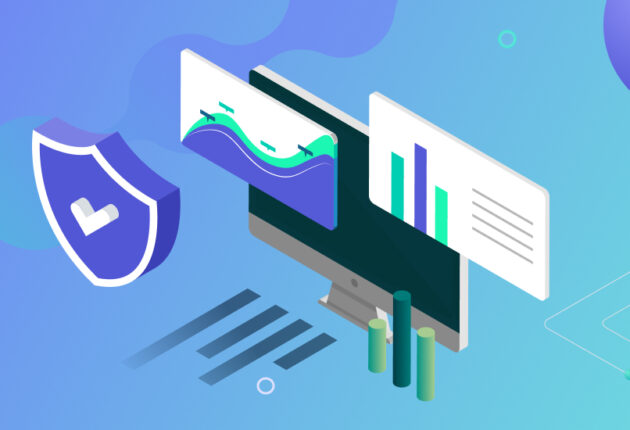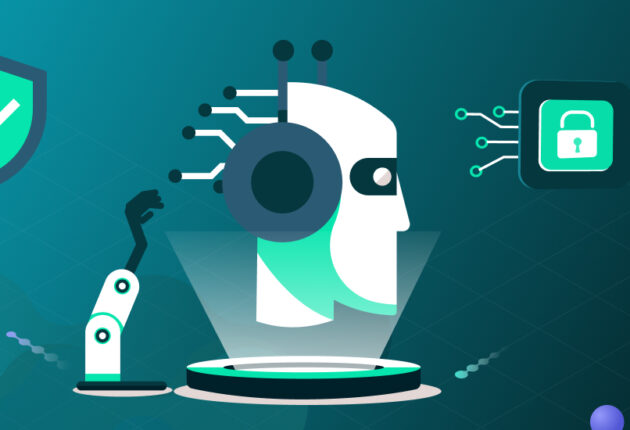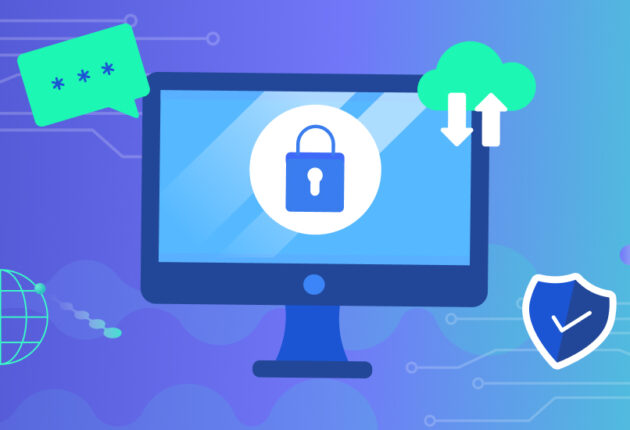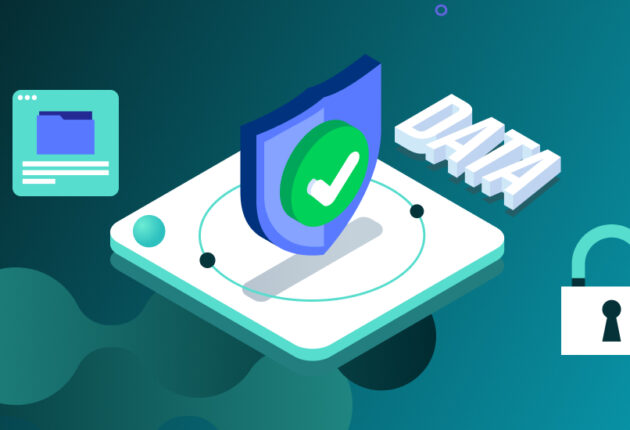In the era of data-driven decision-making, preserving data privacy while extracting valuable insights poses a formidable challenge. Differential privacy (DP) arises as a state-of-the-art data anonymization technique, providing robust privacy assurances that harmonize effortlessly with numerous data protection regulations. Consequently, it becomes an invaluable asset for organizations spanning diverse industries and geographic regions. This blog post aims to explain the concept of differential privacy, delve into its importance, explore techniques, outline best practices, and offer tips for its effective implementation.
In this article:
- What is data privacy?
- Differential privacy
- Challenges in implementing differential privacy
- Differential privacy real-life scenarios
- Conclusion
What is data privacy?
Before discussing the intricacies of differential privacy, let’s first establish a fundamental understanding of data privacy. Data privacy encompasses safeguarding personal and sensitive data from unauthorized access, disclosure, or misuse, empowering individuals to regulate who can access their personal information. Various measures, such as the General Data Protection Regulation (GDPR), the CCPA (California Consumer Protection Act), and the Health Insurance Portability and Accountability Act (HIPAA), are implemented to uphold individuals’ privacy rights and impose rigorous regulations on organizations handling personal data. Consequently, organizations are bound by legal obligations to maintain high data protection and anonymization standards.
The exact definition of personal data varies depending on specific laws in different countries or regions, but it typically covers any information that relates to an individual, including personally identifiable information (PII), obvious confidential information, biometric data, geolocation data, internet usage data, and online identifiers.
Data privacy is essential for several reasons, among them:
- Upholding fundamental rights: it is a fundamental right that protects personal data and upholds freedom in an increasingly interconnected digital world.
- Protecting personal information: it is essential to maintain the confidentiality of sensitive information, such as names, addresses, financial details, and health records.
- Preventing data breaches and cyberattacks: its measures can protect personal information from being leaked and prevent malicious hackers and cybercriminals from targeting personal data for fraud, identity theft, and other crimes.
To safeguard personal data, organizations can adopt various data privacy measures. These include acquiring user consent prior to data processing, shielding data from misuse, empowering users to actively manage their data, and establishing policies and procedures that enable users to exert control over their data.4 Additionally, technical controls such as access control, encryption, and network security play pivotal roles in shielding data from malicious attacks and thwarting the exploitation of stolen data.5 This is precisely where the significance of differential privacy becomes apparent.
Differential Privacy
Differential privacy is a concept rooted in mathematics and computer science aimed at enabling data analysis while preserving individual records’ privacy. At its core, differential privacy ensures that the inclusion or exclusion of any single data point does not significantly impact the outcome of a query or analysis, thereby safeguarding the privacy of individuals within the dataset.
To better understand how differential privacy functions, we will use an example drawn from our blog post: “The Impact of Privacy Preserving Technologies on Data Protection.” Consider a hypothetical study investigating human inclinations toward sensitive topics like stealing. Traditional surveys that directly ask individuals whether they would steal something from an unattended shop if they could get away with it face significant challenges. Participants may hesitate to disclose controversial information, fearing judgment or potential consequences. If someone were to admit to stealing outright, they might be apprehensive about the information being leaked, making it challenging to obtain truthful responses.
Differential privacy addresses this issue through a method known as randomized response. In this approach, participants are given a degree of privacy, allowing them to respond truthfully while maintaining plausible deniability. Here’s how it works. Participants privately flip a coin twice. If the first coin flip results in a head, they answer the sensitive question honestly. However, if it lands on tails, they answer based on the second coin flip-responding with either a yes or no. This introduces an element of randomness. Differential privacy adds noise to responses, providing plausible deniability for individuals (the ability to deny any involvement in illegal or unethical activities because there is no clear evidence to prove involvement) while allowing researchers to estimate the true distribution because the method preserves the overall dataset properties.
The core idea of differential privacy lies in strategically adding the least amount of noise to data and queries to yield accurate results with optimal privacy protection (see also the section “Differential Privacy and the Privacy Gradient” in our article “The Most Common Data Anonymization Techniques”). There are two main approaches: local differential privacy, where noise is added before sending data to the statistician (as illustrated in our example), and global differential privacy, which involves adding noise to the query outcome before its release from the database. Differential privacy’s secret weapon is the art of adding noise strategically, granting plausible deniability to individuals in a database or training datasets.
Techniques for implementing differential privacy
Implementing differential privacy involves employing various techniques to obscure individual data points or attributes within a dataset to protect privacy while still allowing meaningful analysis of the data as a whole. Some common techniques include:
- Noise addition: introducing random noise to query results to prevent extracting specific individual information.
- Randomized response: a method used in surveys where respondents provide randomized responses to sensitive questions, thereby protecting their privacy (as seen in our example).
- Privacy-preserving data synthesis: generating synthetic data that mimics the statistical properties of the original dataset while preserving privacy.
Best practices for differential privacy
To ensure the effective implementation of differential privacy and uphold the highest standards of data protection, organizations should adhere to best practices, including:
- Data minimization: only collecting and retaining data necessary for the intended purpose, minimizing the risk of privacy breaches.
- Transparency: providing clear and concise explanations of how differential privacy techniques are employed and their impact on data analysis.
- Regular audits: conducting regular audits to assess the effectiveness of differential privacy measures and identify areas for improvement.
Data Peace Of Mind
PVML provides a secure foundation that allows you to push the boundaries.

Tips for effective differential privacy implementation
Integrating differential privacy into projects requires careful planning and execution. Here are some tips to enhance the effectiveness of implementation:
- Understand the trade-off: recognize the trade-off between privacy and utility. Adjust the level of noise added to balance privacy protection with the accuracy of the analysis.6
- Choose the right mechanism: select the appropriate differential privacy mechanism, such as the Laplace or exponential mechanisms, based on the specific requirements of your data analysis task.7
- Keep invariant data: identify and preserve invariant data that is crucial for accurate analysis while maintaining differential privacy. For example, in biometric data from eye tracking, certain movement data must remain unchanged to ensure accurate results.8
- Consider sensitivity and privacy parameters: factor in the sensitivity and privacy parameters of your data when implementing differential privacy mechanisms. This ensures that the level of noise added aligns with the data set’s privacy requirements.9
- Regularly audit privacy measures: conduct regular privacy audits to ensure that the differential privacy measures are effectively protecting sensitive information and maintaining the desired level of privacy.10
- Stay informed on research developments: keep abreast of the latest research and advancements in differential privacy to incorporate new techniques and best practices into your privacy-preserving strategies.
- Optimize noise addition: minimize the noise added to data sets while maximizing the utility of analysis results. Finding the right balance is crucial for efficient differential privacy implementation.11
- Manage privacy budget: carefully manage the privacy budget, which controls the level of privacy protection and the trade-off with utility. Efficiently allocating the privacy budget can enhance the performance of differential privacy measures.12
By following these tips, organizations can optimize the performance of differential privacy in real-world scenarios, ensuring effective privacy protection while maintaining the utility and accuracy of data analysis tasks.
Challenges in implementing differential privacy
Implementing differential privacy comes with its own set of challenges, such as:
- Privacy and utility balance: adding too much noise can significantly impact the accuracy of the results, making them less useful for decision-making purposes. This is especially true for complex analyses involving multiple datasets or deep learning techniques.
- The need for significant computational resources and expertise: differential privacy requires careful design and implementation to ensure accurate analysis and strong protection against potential attacks.
- Legal and ethical considerations: further research is needed to develop methods for proving that differential privacy satisfies legal requirements, and setting the privacy loss parameter based on such requirements is needed.
Also, differential privacy might not always be the best solution compared to other techniques. Compared to other privacy-preserving techniques, including homomorphic encryption and secure multi-party computation, even though differential privacy provides strong privacy guarantees, it may not always be the most efficient technique.13 For example, when comparing differential privacy to k-anonymity – a widely used privacy-preserving technique (see also our article “Which and how privacy preserving technologies, and in particular DP, can help to share data safely in light of the new Data Act?”) – some find that DP provides stronger privacy guarantees than k-anonymity, but it may also lead to higher utility loss.14
However, differential privacy is particularly effective in preventing linkage attacks, where attackers leverage multiple datasets to re-identify an individual from an anonymized dataset (see also our article “AI re-identification attacks”)15 16. It also enables organizations to customize the privacy level, providing a flexible and powerful tool for preserving privacy in data analysis and machine learning. In fact, differential privacy is particularly effective in deep learning models, which often require large amounts of data to be effectively used to preserve privacy.17
Finally, Apple discusses how they use differential privacy in their Photos app to learn about the kinds of photos people take at frequently visited locations. They prioritize three key aspects of machine learning research that power this feature: how to accommodate data changes, navigate the tradeoffs between local and central differential privacy, and accommodate non-uniform data density. Combining local noise addition with secure aggregation provides a good balance between privacy and utility.18
In conclusion, while implementing differential privacy in real-world scenarios comes with its own set of challenges, it is a promising approach for balancing data utility with individual privacy protection.
Differential privacy real-life scenarios
Various organizations have adopted differential privacy for sharing data without risking their customers’ privacy:
- Google made its differential privacy libraries open source in 2019.
- Apple uses differential privacy in iOS and macOS devices for personal data such as emojis, search queries, and health information.19
- Microsoft uses differential privacy for collecting telemetry data from Windows devices, and it is also used in applications of other privacy-preserving methods in artificial intelligence.20
- The US Census Bureau uses differential privacy to protect individual privacy while allowing statistical analysis of census data.21
- Opportunity Atlas, a web-based tool for exploring sensitive administrative data, also uses differential privacy to protect individual privacy.22
- Dataverse Project is a general-purpose differential privacy tool being developed for use by data scientists, providing privacy protection that is more robust than that provided by techniques commonly used for data sharing.23
- Python: to implement differential privacy in Python, one can use the diffprivlib library by IBM, which is a general-purpose, open-source differential privacy library. The library provides a range of algorithms for adding noise to data, as well as tools for analyzing the privacy guarantees of different algorithms.24
Conclusion
In an era defined by the rapid expansion of data generation and utilization, safeguarding individuals’ privacy is paramount. Differential privacy stands out as a potent instrument for harmonizing the imperative of data analysis with the essential need for data protection. Through a comprehensive grasp of its principles, adherence to best practices, and adept utilization of expert insights, organizations can seamlessly integrate differential privacy into their AI and ML initiatives. This integration not only fuels innovation but also upholds the integrity of data privacy and protection. In summary, the adoption of differential privacy signifies a promising stride forward in the domain of data protection. When implemented judiciously, it stands as the sole anonymization method capable of effectively mitigating all privacy risks.
2 Harry Bone, What is data privacy, 4 August 2023, Proton, https://proton.me/blog/what-is-data-privacy
3 See note 2
4 See note 2
5 Data Privacy Manager, 5 Things you need to know about data privacy, 10 January 2023, https://dataprivacymanager.net/5-things-you-need-to-know-about-data-privacy/
6 Elise Devaux, What is Differential Privacy, Statice by Anonos, 21 December 2022, https://www.statice.ai/post/what-is-differential-privacy-definition-mechanisms-examples
7 See Note 6
8 What is Differential Privacy, IEEE Digital Privacy, https://digitalprivacy.ieee.org/publications/topics/what-is-differential-privacy
9 See Note 8
10 Rachel Cummings et Al, Advancing Differential Privacy, HDSR, 16 January 2024, https://hdsr.mitpress.mit.edu/pub/sl9we8gh/release/3
11 Openmined, Use Cases of Differential Privacy, Openmined, 30 April2020 https://blog.openmined.org/use-cases-of-differential-privacy/
12 See Note 11
13 Sayyada Ajera Begum, A Comparative Analysis of Differential Privacy, IEEEXplore,19-20 January 2018, http://ieeexplore.ieee.org/document/8399125/
14 Meng Meng Yang, Local Differential Privacy, Journal of Latex Class, 8 August 2015, https://arxiv.org/pdf/2008.03686.pdf
15 See note 7
16 https://research.aimultiple.com/differential-privacy/
17 Jingwen Zhao, Differential Privacy Preservation in Deep Learning, IEEEXplore, 9 April 2019, https://ieeexplore.ieee.org/document/8683991/
18 https://machinelearning.apple.com/research/scenes-differential-privacy
19 Cem Dilmegani, Differential Privacy How it Works, AI Multiple, 12 January 2024, https://research.aimultiple.com/differential-privacy/
20 See note 7
21 https://www.nist.gov/blogs/cybersecurity-insights/differential-privacy-future-work-open-challenges
22 Handbook on using administrative data, https://admindatahandbook.mit.edu/book/v1.1/diffpriv.html
23 See note 8
24 See note 7

